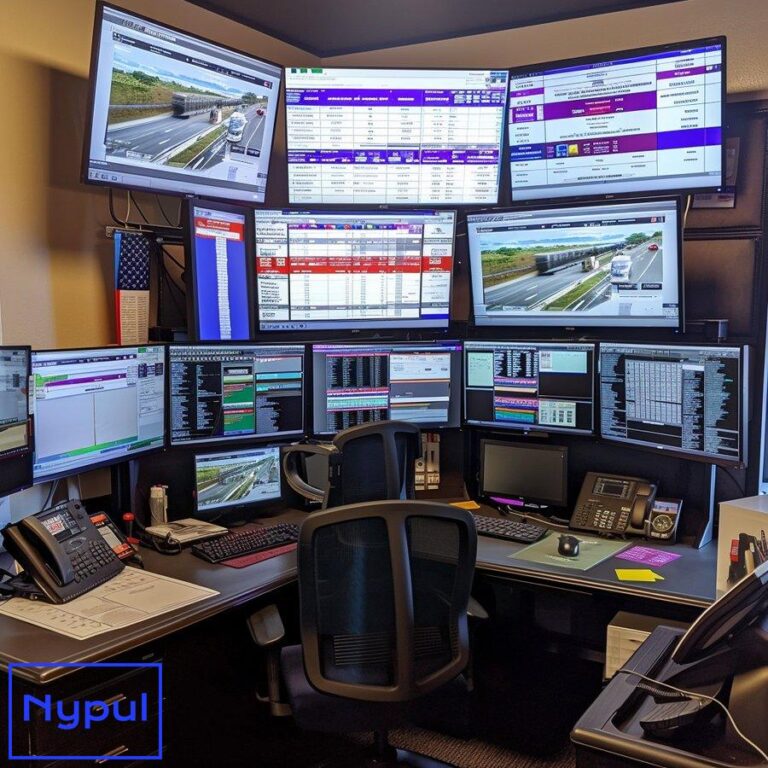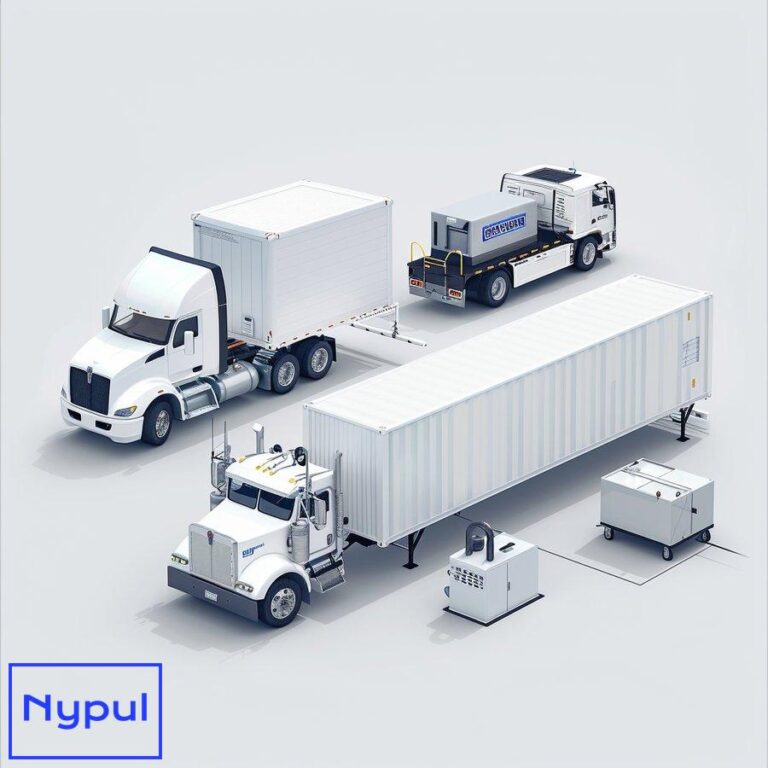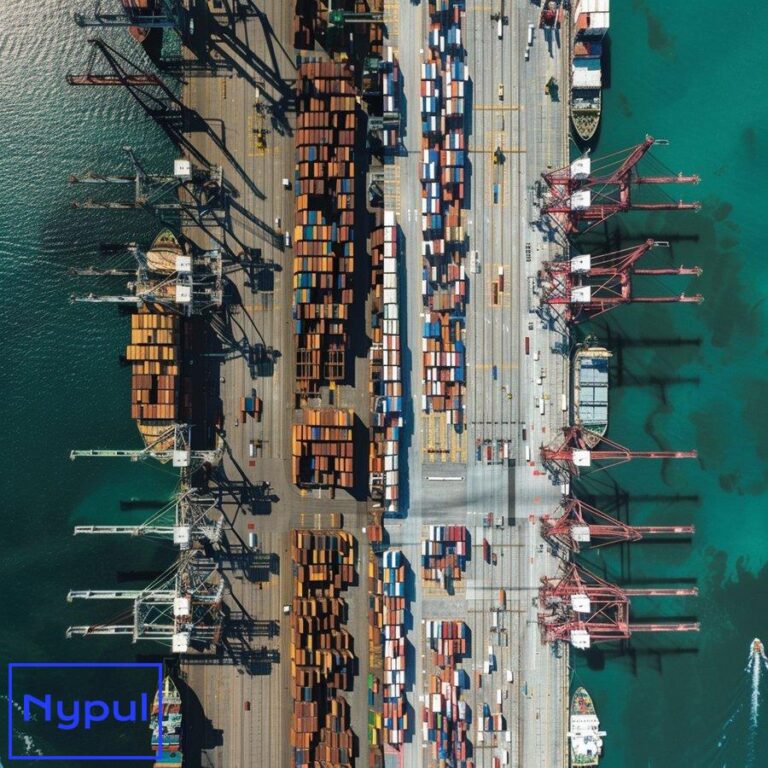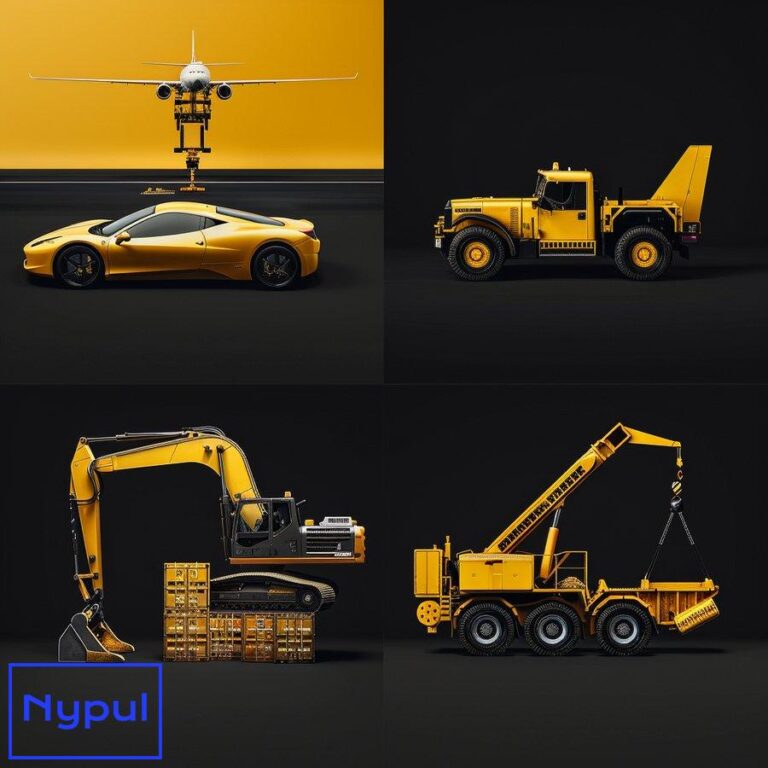What Is the Best Option for Time Sensitive Cargo
What defines time-sensitive cargo? Time-sensitive cargo refers to shipments that require expedited delivery within a specific timeframe to maintain their value, quality, or usability. These shipments often involve products or materials that are critical to business operations, have short shelf lives, or are needed urgently at their destination. The key characteristics that define time-sensitive cargo…









